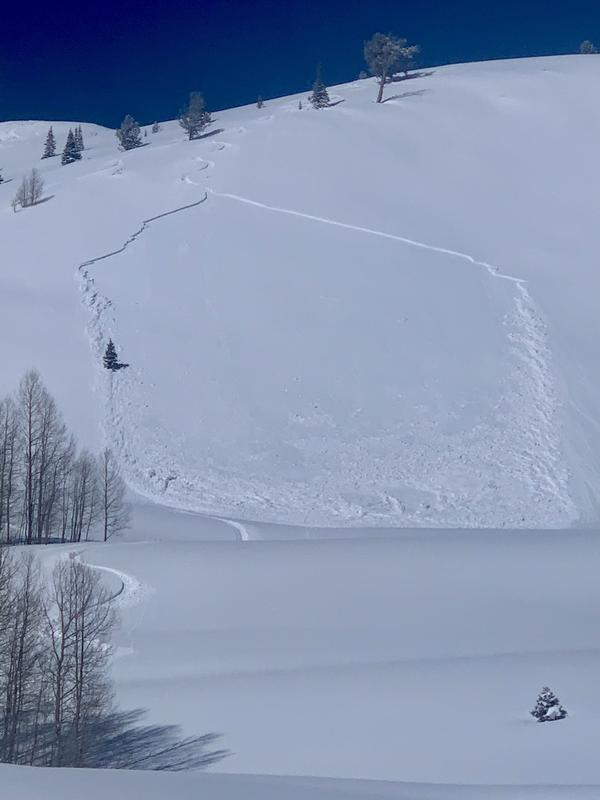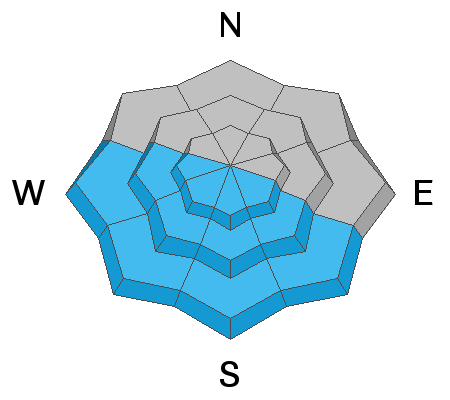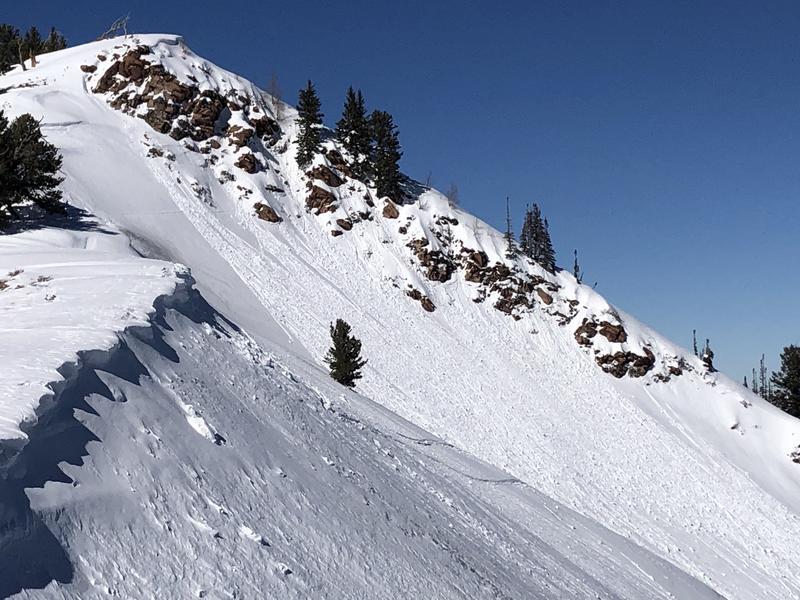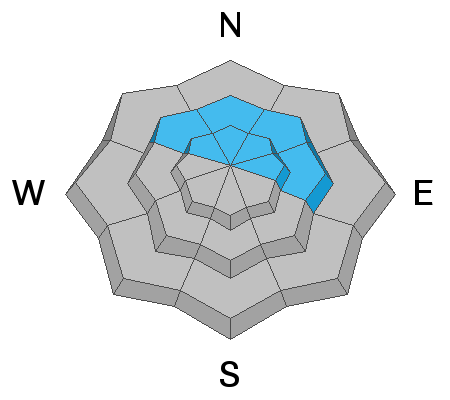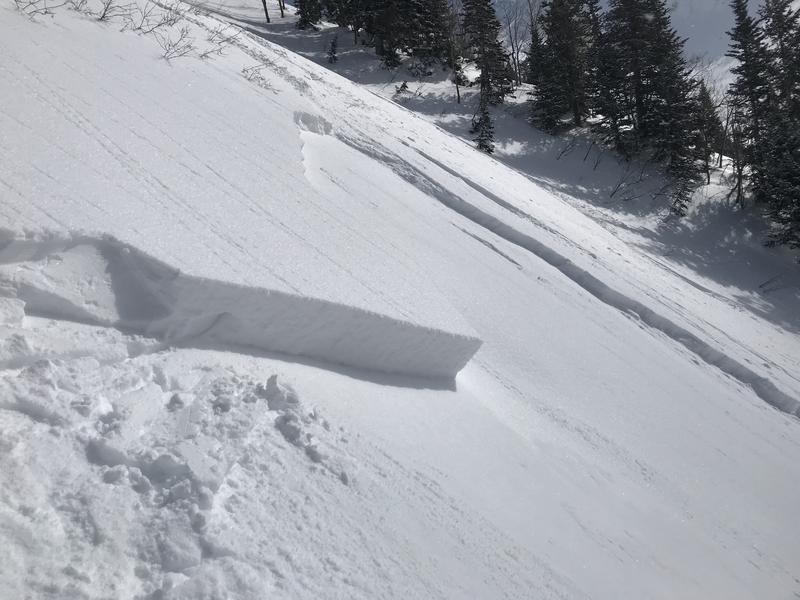Forecast for the Ogden Area Mountains

Issued by Mark Staples on
Tuesday morning, March 2, 2021
Tuesday morning, March 2, 2021
Today the avalanche danger is MODERATE. On southerly and west-facing slopes, wet avalanches of loose snow will become possible as the snow surface warms and becomes wet. On east and northerly-facing slopes, soft slab avalanches of the new snow 18-24 inches deep are possible.
While unlikely, there remains a chance of triggering a hard slab avalanche on deeply buried persistent weak layers. In many places with a deep snowpack, that is almost impossible while it remains a slight possibility in areas with a thinner snowpack or on slopes that avalanched on this layer already.
While unlikely, there remains a chance of triggering a hard slab avalanche on deeply buried persistent weak layers. In many places with a deep snowpack, that is almost impossible while it remains a slight possibility in areas with a thinner snowpack or on slopes that avalanched on this layer already.

Low
Moderate
Considerable
High
Extreme
Learn how to read the forecast here



